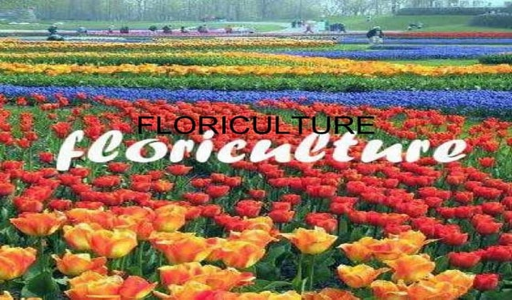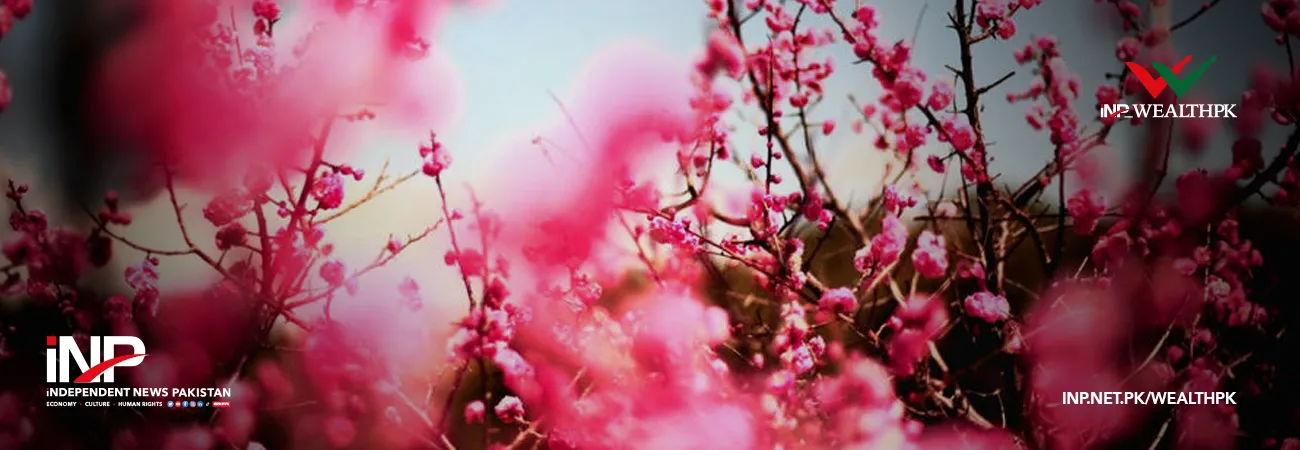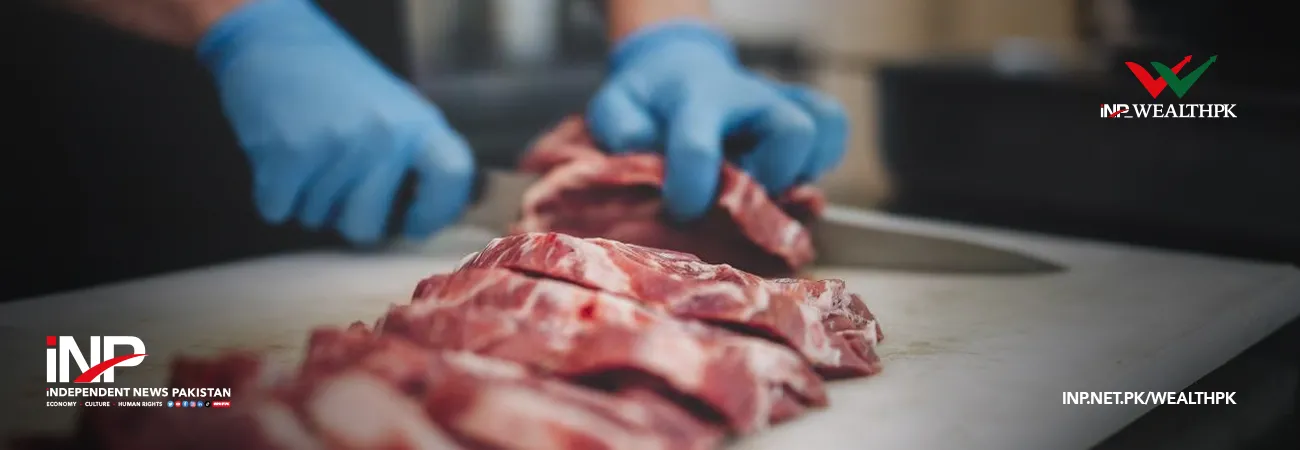INP-WealthPk
Ahmed Khan Malik
The Sindh government is working on a plan to boost its floriculture sector, focusing on value-addition, exports, and employment generation.

The initiative could transform one of the province’s under-utilised agricultural segments into a high-value growth engine, officials told WealthPK and added that huge funds had been allocated for the purpose in the current budget.
The sector faces substantial hurdles. Limited infrastructure, absence of cold chain systems, lack of formal marketing channels, and shortage of trained horticulturists remain persistent challenges.
Additionally, agricultural income tax legislation passed in early 2025 has raised uncertainty. The Agricultural Income Tax Bill, 2025 imposes levies on farmers’ earnings — excluding livestock — but may increase costs for small growers unless exemptions or clear thresholds are provided.

Sindh Enterprise Development Fund (SEDF) has been working on the incentives aimed at encouraging the establishment of floriculture farms and nursery enterprises for cut flowers and ornamental plants. The programme will be supported through subsidies, technical assistance, and facilitation of low interest financing. It specifically targets women entrepreneurs and youth investors in Sindh.
Meanwhile, Sindh Agriculture University (SAU) Tandojam, with support from the provincial agriculture department, has developed specialised training and research programmes. These courses focus on modern floriculture practices, post-harvest handling, processing, storage, and international marketing of floral products. New high-yield and disease-resistant flower varieties are also being developed.
Despite its favourable climate, fertile soils, and proximity to major markets, Sindh’s floriculture sector remains small scale and fragmented. Growers in regions such as Matiari and Hyderabad produce roses, marigolds, gladiolus, tuberose, and chrysanthemums, primarily for local ceremonies, weddings, and religious events.
Shahid Jatoi, Director of Horticulture Cell, said that value addition — through processing, branding, packing, and cold chain logistics — can dramatically reduce waste and unlock access to lucrative markets. He said that value-adding can cut raw agricultural loss by up to 40% and substantially boost revenue flows from horticulture and floriculture products.
Sindh’s provincial budget for FY2025-26 allocates a total of Rs132.79 billion to agriculture, including specific investments in horticulture-related infrastructure. Under these allocations, Rs634 million has been earmarked for solarised pulp processing units for fruits and vegetables, which could be adapted for value-added floral products such as essential oils and dried blooms. A cluster farming development project is to identify and support horticultural clusters across the province, offering modern storage, processing facilities, and transportation systems.
Jatoi said that the government is collaborating with international institutions to strengthen the province’s horticulture and floriculture capacity. “A $77 million investment supports the Sindh Agricultural Growth Project, which helps small and medium growers reduce post-harvest losses and improve quality standards for export markets.”
He added that proposals were underway to designate arid zones in Sindh as organic cultivation regions, embracing the “five-coloured agriculture” concept that promotes diversity, climate resilience, and niche export branding.
Credit: INP-WealthPk













